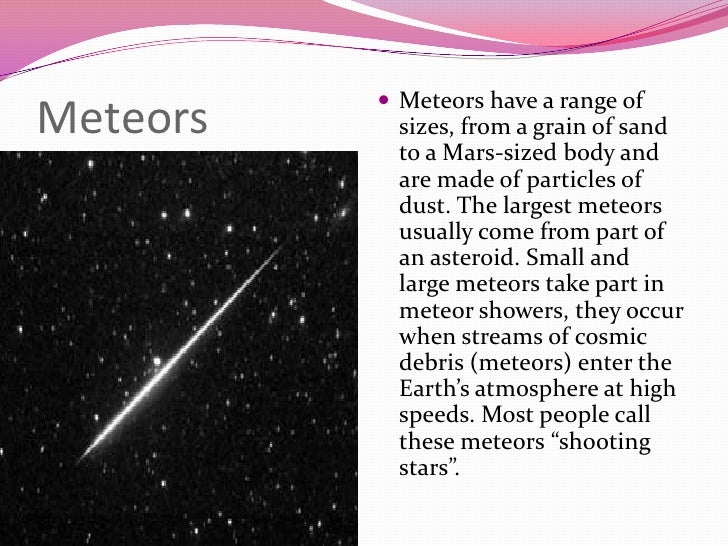
The Kuiper belt (pronounced “KI-per”) contains not only comets, but asteroids, and at least two dwarf planets.Ĭomets with periods as long as thousands or even millions of years come from a very distant region of the solar system called the Oort cloud, about 50,000–100,000 AU from the Sun (50,000–100,000 times the distance from the Sun to Earth). Short-period comets, with periods of about 200 years or less, come from a region beyond the orbit of Neptune. The first mention of the comet in historical records may go back as much as two millennia. Halley’s comet, with a period of 75 years, will next be seen in 2061. The time between one appearance of a comet and the next is called the comet’s period. The comet has two visible tails: a bright, curved dust tail and a fainter, straight tail of ions (charged atoms) pointing directly away from the Sun. Collisions with other bodies may break up the asteroid or create craters on its surface.Ĭomet Hale-Bopp, also called the Great Comet of 1997, shone brightly for several months in 1997. They are also too small to maintain an atmosphere and without internal heat they are not geologically active ( Figure below). Asteroids are irregularly shaped because they do not have enough gravity to become round. “Asteroid” means “star-like,” and in a telescope, asteroids look like points of light, just like stars. AsteroidsĪsteroids are very small, rocky bodies that orbit the Sun. But some of the smaller pieces of matter never joined one of these larger bodies and are still out there in space. Material spinning in a disk around the Sun clumped together into larger and larger pieces to form the eight planets.



When the solar system formed, most of the matter ended up in the Sun. Differentiate between meteors, meteoroids, and meteorites.Explain where comets come from and what causes their tails.


 0 kommentar(er)
0 kommentar(er)
